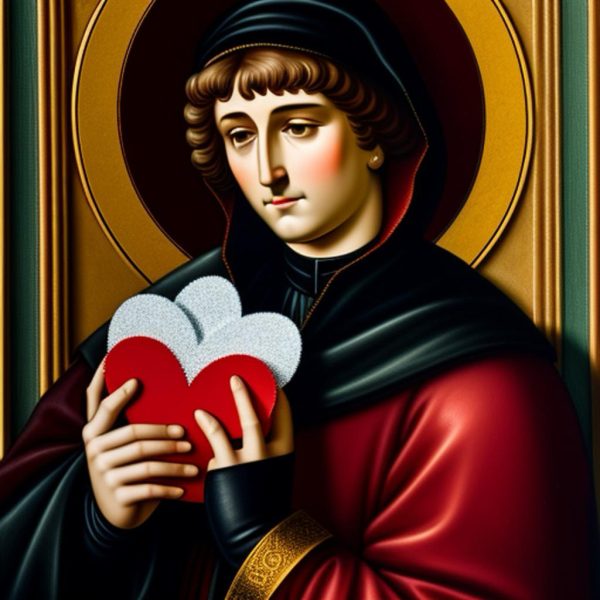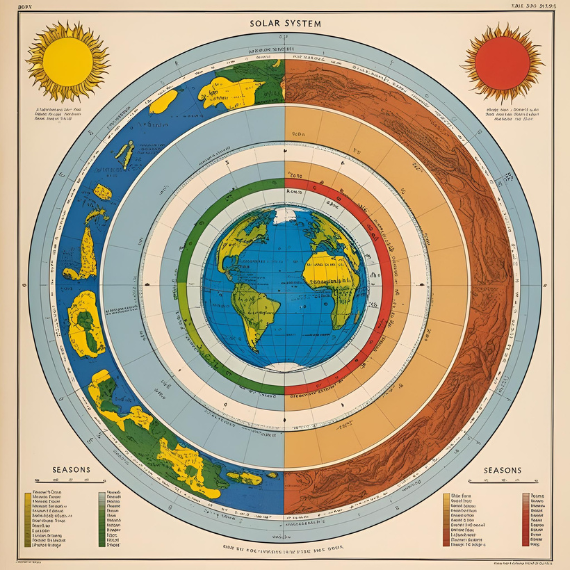Valentine’s Day is a beloved holiday that occurs every year on February 14. Across the world, many people celebrate their love for one another by exchanging gifts, candy, flowers, and small Valentine’s cards. The roots of sharing love lie thousands of years ago, but how exactly did Valentine’s Day develop into what it is today?

Martyr of Inspiration
Valentine’s Day is suspected to have been derived from three possible saints named Valentine. In one tale, Valentine was a priest who secretly performed marriages for young lovers despite Claudius II ruling that young men must remain single to perform better as soldiers. This St. Valentine was murdered for his defiance and would become a martyr for free love. Other stories attribute the namesake to St. Valentine of Terni, a bishop, while others suggest that the legend of Valentine comes from a saint who attempted to help Christians escape Roman prisons. Following this, the aforementioned version of Valentine would be imprisoned and fell in love with his jailer’s daughter, to whom he sent a letter signed, “From your Valentine.” Despite the conflicts in the definite origin of the holiday’s name, Valentine proves to be a symbol of love.
Origins of the February Event

One accounting of the date of Valentine’s Day celebrations cites the commemoration of St. Valentine’s death; however, other legends point to pagan origins. Many people claim that the “Christianizing” of the pagan celebration of Lupercalia is how the holiday was marked to be halfway through the month of February. Lupercalia was a Roman fertility festival celebrated in honor of the Roman god of agriculture, Faunus. It took place on February 15th and would involve sacrificial offerings of animals to the god for fertility and purification. The event even involved a large urn, in which a city’s young women would place their names to be chosen by young men, often resulting in marriage.

The Source of Meaning
At the end of the 5th century, Pope Gelasius outlawed Lupercalia and named February 14th as St. Valentine’s Day. However, the new holiday was not widely regarded as one of love until the publication of Geoffrey Chaucer’s 1375 poem that read “For this was sent on Seynt Valentyne’s day / Whan every foul cometh ther to choose his mate.”

But who is Cupid…?
Cupid is often depicted as a nude cherub with a bow and magical arrows; however, the Roman god Cupid has its roots in the Greek god of love, Eros. Eros was the son of Aphrodite and a disputed father. He spent his immortal life enjoying the fun of playing with the emotions of Gods and mortals, using golden arrows to incite life and leaden arrows that sow aversion. Many years later, he began to be depicted as a mischievous child, much like the chubby angel we see Cupid as today.

…and What About the Gifts?
Initially, around the 18th century, it was common to exchange small tokens of affection or written notes on Valentine’s Day. However, beginning in 1900, printed cards began to be a more frequently given gift. In America, Valentine’s cards were sent as early as the 1700s, with Esther A. Howland, known as the “Mother of Valentine,” began selling mass-produced cards, made with real lace and ribbons, in the 1840s. Today, it is estimated that 145 million Valentine’s Day cards are sent each year.
Overall, Valentine’s Day has historically been a day of the celebration of love and affinity for others. Regardless of which collection of legends equates to the real story, the jovial holiday will continue to be regarded as “the day of love.”










